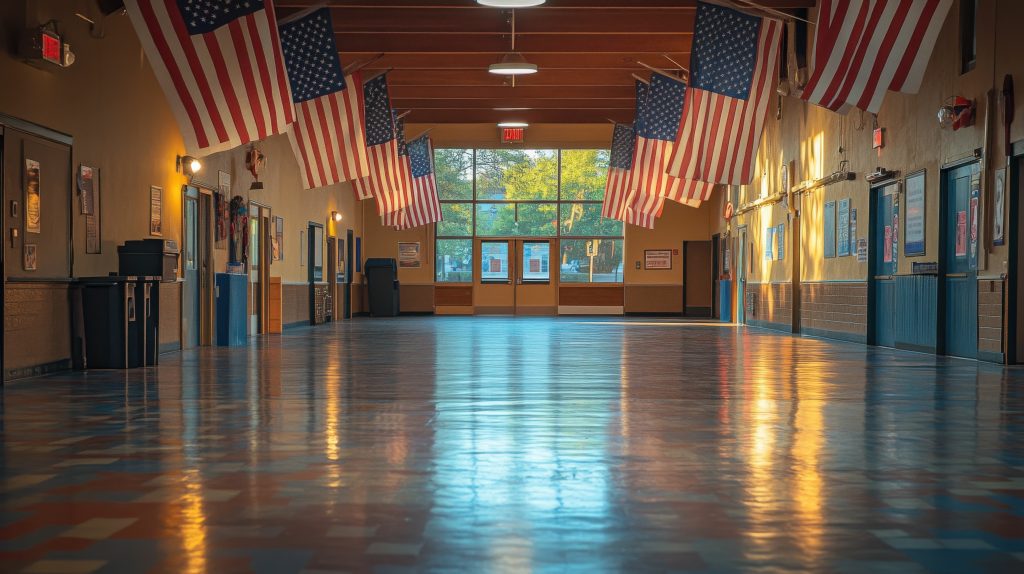South-Western City Schools (SWCS), one of Ohio’s largest public school districts, is facing community backlash following its recent decision to join the National School Boards Leadership Council (NSBLC). The district’s Board of Education approved the membership in a 4-1 vote, prompting concerns among residents about the potential influence of national organizations on local education policies.
The decision to affiliate with the NSBLC has led to protests and vocal opposition from parents, educators, and community members. Critics argue that the council’s national agenda may not align with the specific needs and values of the SWCS community. They express apprehension that such affiliations could lead to policy decisions that prioritize national objectives over local priorities.
The National School Boards Leadership Council positions itself as an organization dedicated to training and supporting school board members across the country. It offers resources aimed at enhancing board effectiveness and governance. However, some community members are concerned about the council’s broader political affiliations and the potential implications for local school governance.
Board members who supported the affiliation contend that joining the NSBLC will provide valuable training and resources to help them better serve the district. They emphasize that the decision was made with the intention of improving board governance and student outcomes.
The controversy surrounding SWCS’s decision to join the NSBLC highlights the ongoing debate over the role of national organizations in local education. As the district moves forward, community members are calling for increased transparency and opportunities for public input to ensure that local values and priorities remain at the forefront of educational decision-making.




